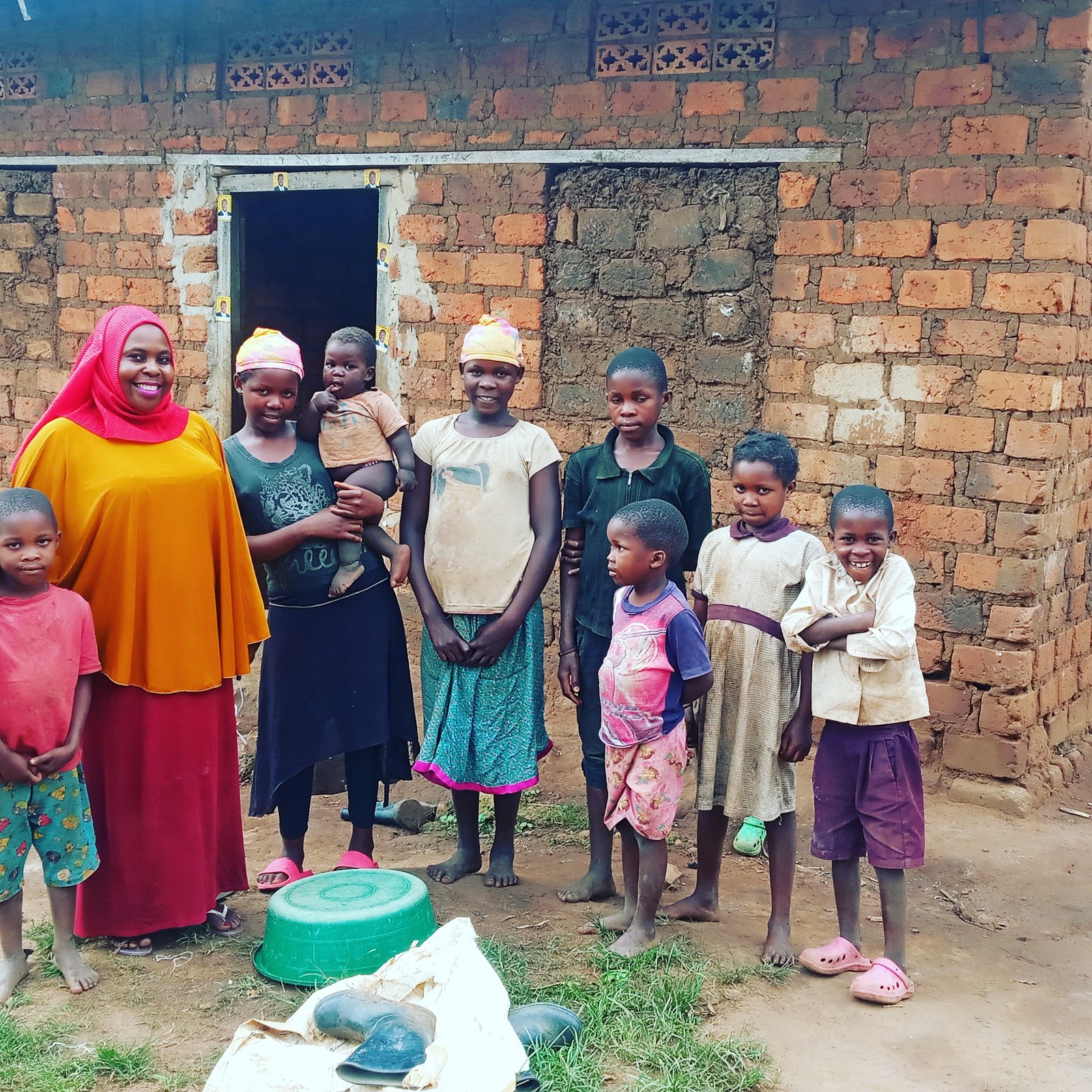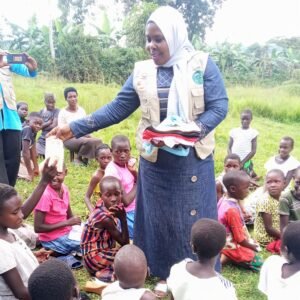Poverty and its Dynamics in Uganda
Poverty in Uganda, as in many developing countries, is a complex and dynamic issue, influenced by a multitude of factors ranging from economic to social and environmental. Understanding its dynamics is key to developing effective strategies for poverty alleviation. Here’s an overview of the nature and dynamics of poverty in Uganda:
Economic Factors
-
Agricultural Dependency: A significant portion of Uganda’s population depends on subsistence agriculture for their livelihood. This sector is prone to fluctuations due to weather variations and global market prices, impacting income stability.
-
Limited Industrialization: The slow pace of industrialization limits job creation outside the agricultural sector, constraining opportunities for economic advancement.
-
Income Inequality: Economic growth in Uganda has not been evenly distributed, leading to significant income disparities between different regions and social groups.
Social and Demographic Factors
-
High Population Growth: Uganda has one of the highest population growth rates globally. This rapid growth places strain on resources, infrastructure, and social services, exacerbating poverty conditions.
-
Education and Skills Gap: Limited access to quality education and vocational training hinders the development of a skilled workforce, essential for economic progress and poverty reduction.
-
Health Challenges: Health issues, including high prevalence of HIV/AIDS and other communicable diseases, impact workforce productivity and household income.
Political and Institutional Factors
-
Governance and Policy Implementation: Ineffective governance and corruption can impede the effective implementation of poverty reduction policies and programs.
-
Land Ownership Issues: Disputes and unclear land ownership laws can lead to conflict and hinder agricultural productivity.
-
Infrastructure Deficiencies: Inadequate infrastructure, particularly in rural areas, limits access to markets, education, and health services.
Environmental Factors
-
Climate Change and Environmental Degradation: These factors pose a significant risk to agriculture, which many Ugandans rely on for their livelihood.
-
Natural Disasters: Uganda is prone to natural disasters like droughts and floods, which can devastate crops and homes.
Dynamics of Poverty
-
Rural vs. Urban Divide: Poverty is more prevalent in rural areas compared to urban settings. However, urban poverty is also a growing concern due to the rapid urbanization without adequate planning and services.
-
Inter-Generational Poverty: Poverty in Uganda often has a cyclical nature, with children born into poor families facing higher risks of remaining in poverty throughout their lives.
-
Gender Dimensions: Women and girls often face higher poverty rates due to systemic gender inequalities in education, employment, and land ownership.
Efforts to Combat Poverty
-
Government Initiatives: Programs aimed at improving agricultural productivity, increasing access to education and health services, and promoting rural development.
-
International Aid and NGOs: Collaborations with international donors and NGOs provide critical support in areas like healthcare, education, and infrastructure development.
-
Microfinance and Economic Empowerment: Initiatives that provide microfinance opportunities, particularly for women and rural populations, to start small businesses.
Conclusion
The dynamics of poverty in Uganda are complex and require a multifaceted approach for effective alleviation. This involves concerted efforts from the government, the private sector, international organizations, and civil society. Sustainable development, economic diversification, improved governance, and investment in human capital are essential to breaking the cycle of poverty in Uganda.



